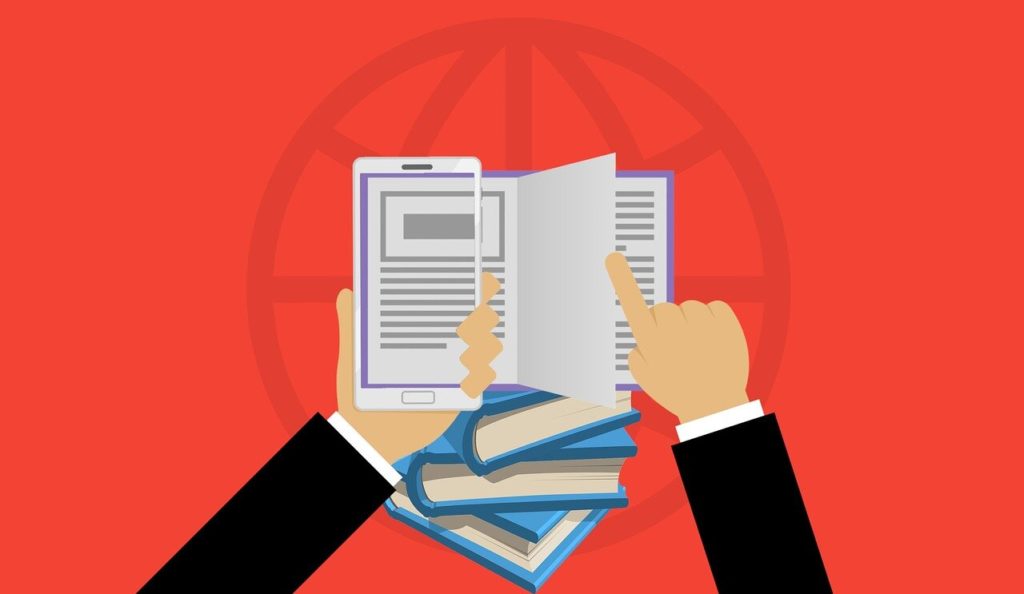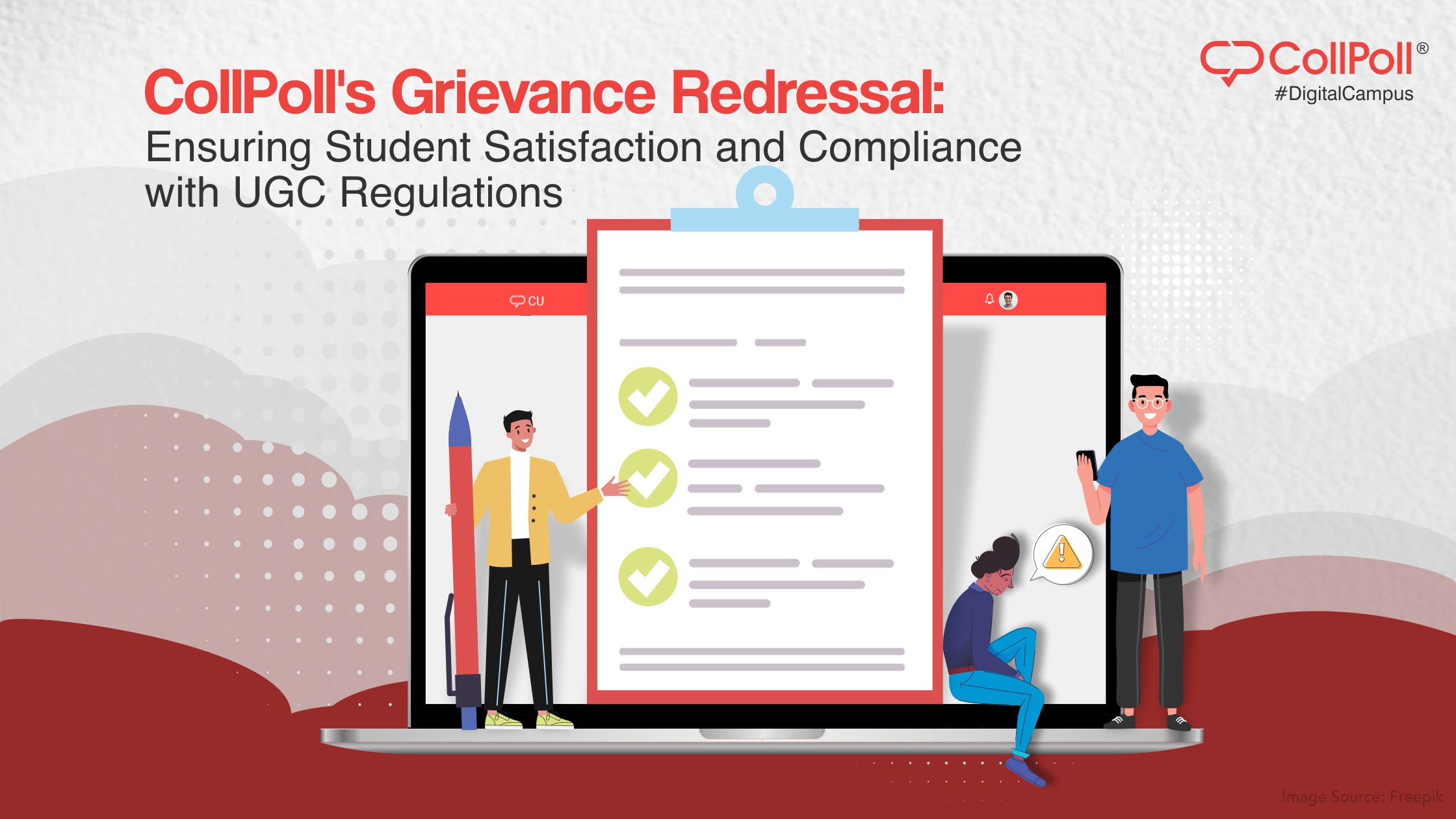
This three-part series of blog is written by Marcy Newman, PhD & Murli Nagasundaram, PhD of Spruha Higher Educational Counselling Services. They have 57 years of combined experience in the field of higher education as professors based in the United States and as educators based in India.
As the Corona Crisis rages on with no discernible end in sight–save for wishful thinking on the part of some–there is a rising tide of debates and exchanges among colleges, students, parents, and governments on question: Will higher education as we know it, survive intact?
Pandemic: Is Technology the Solution?
Information technology does offer a way forward in these times, at least for some academic processes. Online instructional technology emerged in the late 1970s and has ramped up significantly in the last decade, since the launch of sites such as Udacity, Coursera, edX, StraighterLine and others. As on date, they are quite sophisticated, and, through trial and error, have developed innovative means of imparting as well as evaluating learning at the post-secondary level. Most colleges and universities, themselves, have little in-house technical expertise in online education, and few instructors and professors are adept at or comfortable with it.
In recent weeks (March-April, 2020), there has been a lot of feedback from students regarding their experiences with the online education offered by their institutions: most reports are not positive and students mostly think they are not getting their money’s worth. It is true that online education cannot replicate the immediacy and dynamic of the classroom. Furthermore, the rich experience of a campus with all its planned and accidental encounters with other students and staff, and many other campus events of a co- and extra-curricular nature is completely missing. In the USA, many students have already filed class action lawsuits against their universities demanding a partial refund of their fees.
But the pain doesn’t end with this. Given the uncertainties regarding COVID, most institutions in Western nations are formulating alternative plans for the coming academic year. In addition to the best-case scenario of re-opening and running classes normally, they are planning to conduct classes partially or fully online. For online classes, they might partner with private organisations such as those listed above to deliver them. If they do bring students onto the campus, they plan on making adequate arrangements for implementing social distancing. Nobody yet knows how this will be done, but thousands of minds are actively working on these seemingly intractable problems.
Financial impacts on institutions
Western nations, especially,North America and Western Europe, are the most severely affected by COVID, with the largest numbers of cases as well as deaths. Coincidentally, these nations are also home to some of the finest institutions in the world, and which are coveted by foreign students, especially those from India and China. Many institutions in those nations are quite dependent on full-fee paying foreign students to meet their budgets. In fact, British and Australian universities very heavily rely on foreign students, and could face bankruptcy or closure if they choose not to attend this coming academic year. For instance, in 2018-19, foreign students constituted 48% (19,635 students) of the student body at the prestigious University College London; 76% (1,580 students) at the London Business School; and, 68% (8,000 students) at the London School of Economics, the alma mater of former Prime Minister Dr. Manmohan Singh.
In surveys conducted in the USA and UK among local as well as foreign students (current and those who have been granted admission for the coming year), it is emerging that at least 20% of students are deferring attending college for at least a term and perhaps an entire academic year. This is in part due to widespread fear of contracting COVID. Where the institution is offering to conduct classes online, many students don’t believe they will get the value for the fees they will be paying and prefer to wait out the virus. The 20% figure is likely to increase in the coming months, and there may come a tipping point where, without a massive financial infusion from either governments or private donors, numerous institutions are likely to close their doors forever.
What happens next?
The question that naturally follows is: How long will students wait? The most optimistic estimates for a COVID vaccine suggest a point in early 2021, a year from now. Yet others believe that a reliable vaccine is at least two years away. That is also the period of time the virus is expected to linger. The fear at the back of the minds of epidemiologists is that the virus can spike repeatedly every few months, as was the case with the Spanish Flu pandemic of exactly a century ago, with each spike more ferocious than the last.
Social distancing, then, might become a natural, accepted way of life for most. Since young people would like to sprout wings and get on with their lives, they are unlikely to defer higher education forever, and take it in whatever form is feasible. The arrow of fate is pointing at online education becoming an acceptable alternative.
If online education does become common practice it would require that all students have access to the latest in computer gear as well as high speed internet connections. This requirement could have the consequence of expanding the divide between the haves and have nots, rendering higher education unattainable to the poor, unless the government, corporations, and wealthy donors step in to provide subsidies and grants. Access to high computing and high speed internet connections might well be declared a fundamental right one day, if for no other reason than to level the playing field of learning and socio-economic opportunity. Without such a measure, and with a rapidly growing population of young people, we are staring at social unrest on a massive scale.





